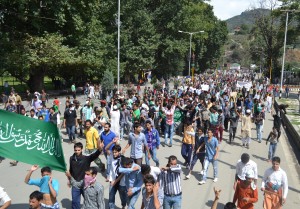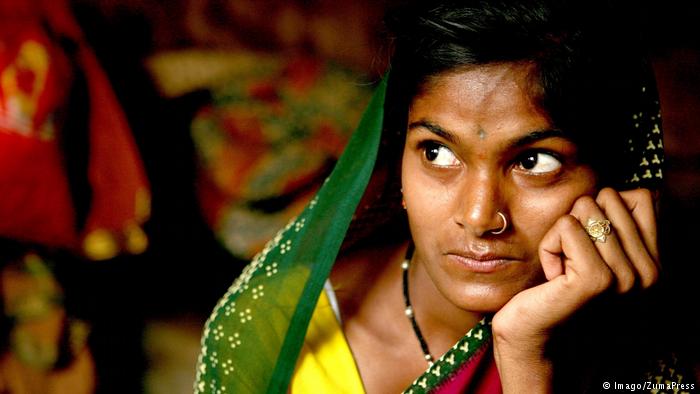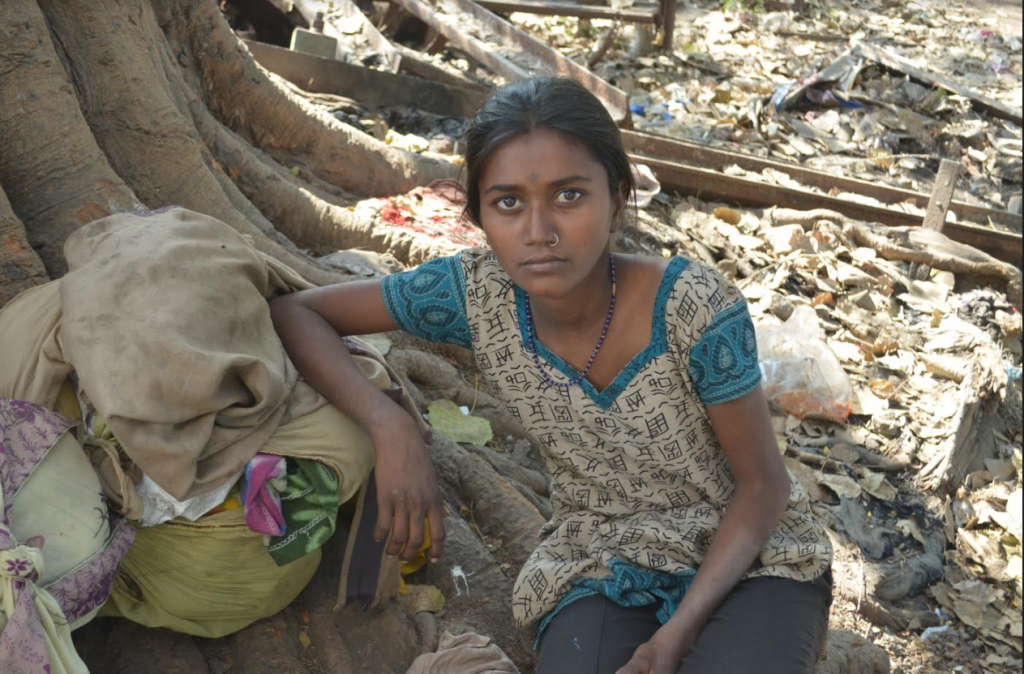A threat to online freedom
A few weeks back, the government of Jammu and Kashmir issued an order asking all telecommunications operators to do whatever is necessary to block the blasphemous film ‘Innocence of Muslims,’ even if it required blocking Facebook and YouTube completely. The film sparked protests around the Muslim world. According to a report by Wall Street Journal, protests in Kashmir were among the largest in Asia. After this order was issued, young people in Kashmir complained of slower internet speed. Some even complained that social networks were completely inaccessible. A local newspaper reported that “Facebook and YouTube were inaccessible for a day.” It seems that the government of Jammu and Kashmir fears another unrest which might rise from the internet.
Internet is not available to every person in Kashmir, especially in rural areas. Most of the young boys and girls who use internet are from Srinagar and suburban areas. According to a study by the Institute for Research in India and International Studies, 77% of the youth use internet via GPRS/3G. Others have broadband connections or go to an internet café. The findings of the study indicate that the majority accesses internet to visit social networking sites.
The Kashmiri youth is quite interested in new media. Now that there are IT and computer application courses in colleges, a good number of youth opt for these courses every year. On September 27, the Indian President Pranab Mukherjee’s invitation to the Kashmiri Youth to become a part of India’s growth story didn’t come as a surprise. What came as a surprise was that people faced partial internet censorship during the same time. To add to this, nobody in and around the Kashmir University was allowed to use mobile phones during the President’s visit. This raised a serious question on the President’s invitation to the youth. How can the youth play a part in the growth of IT when online freedom is in chains?
Social media have emerged as an important tool of communication among youth in Kashmir in last few years. Almost everything is debated and discussed over Facebook and Twitter. The popularity of social media rose during the 2008 unrest, when thousands of people came out on streets protesting against the allotment of land to Sri Amarnath Shrine board. The protests eventually changed into the demand for freedom from Indian occupation.
During this time, in order to bring the agitation under control the government imposed a ban on text messages. Because of the economic blockade by the people of Jammu, some newspapers ceased publishing for some time. Online media became the most sought after media during that time. Youth turned to social media in order to remain connected with friends and the world around during the time when they were confined in their homes for days together because of the curfew. In the summer of 2009 and 2010, people came to streets again protesting against Indian security forces. During this time not only SMS’s but pre-paid mobile phone services were banned in the valley. The local cable channels were also banned from broadcasting any news.
When almost all the means of information were blocked, it felt like India was pushing Kashmir to the stone age, especially in North Kashmir, where all mobile phone services except the state-owned BSNL telecommunication service were shut for ‘security reasons’. Life in rural areas was even more difficult because of the frequent power cuts. During this time social media, especially Facebook, became the new newspaper. Girls and boys updated each other from their respective areas.Soon, Facebook became popular not only among the youngsters but elderly people too. The older generation in Kashmir is not very good with computers but they made it sure that their children and grand children keep them updated.
For last 5 years online media has become an important part of daily life. But the youth in the valley fear that just the way text messages were banned in past, the government may ban social media soon in the name of law and order. Some time back activities on Facebook were monitored and scores of boys were arrested and questioned. In two cases, boys were held for triggering protests by using facebook.
A page on Facebook, ‘Aalaw’ was blocked 17 times in last five years. Aalaw had around 25000 fans. After its recent comeback, it has 6096 likes, already. Aalaw is known for its anti-India stand. The status updates are always pro-freedom and often anti-India. The administrators even write about Kashmiri separatist leaders without fear. Aalaw is now expected to come on air after the administrators announced the launching of ‘Radio Aalaw’ and the bans may just get tougher.
Rahul Gandhi, the son of India’s ruling party, the Congress’ chief Sonia Gandhi, came to ‘build bridges’ with young Kashmiris in October, but online censorship has only expanded the gap between the state and the youth. As a blog on New York Times says, “The blackout appears to have deepened resentment toward the state government among young Kashmiris.”
Author: Ronaq Zahoor
Editor: Manasi Gopalakrishnan







